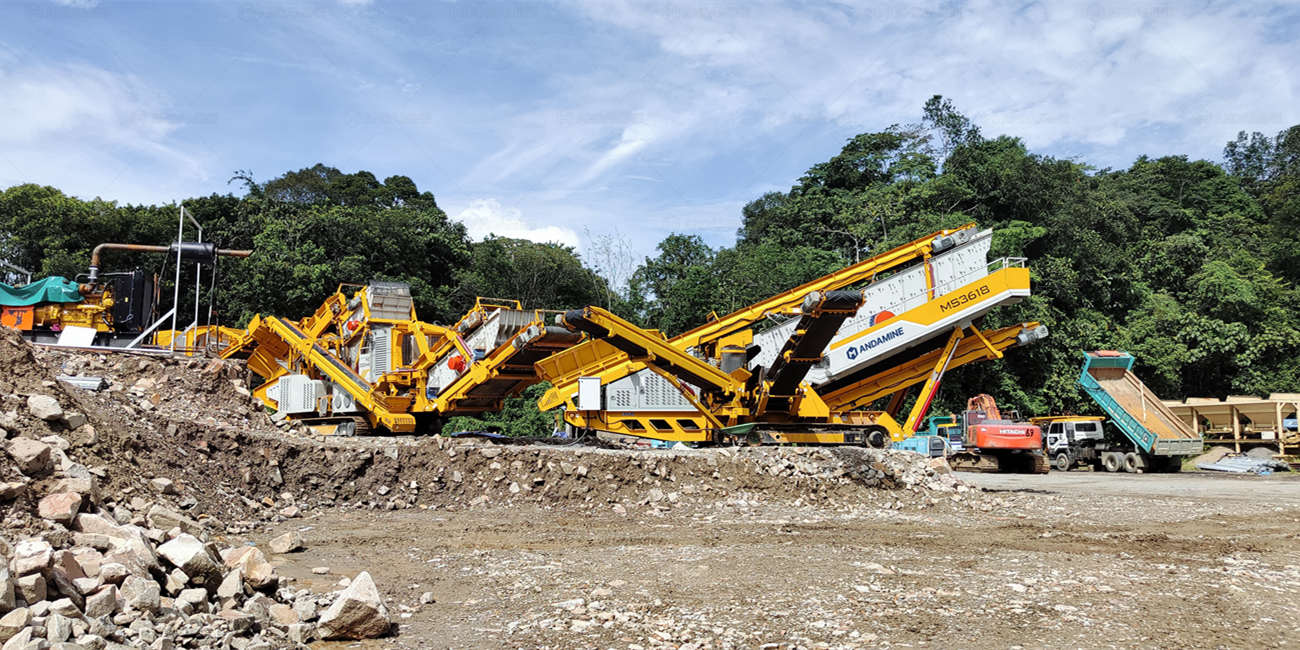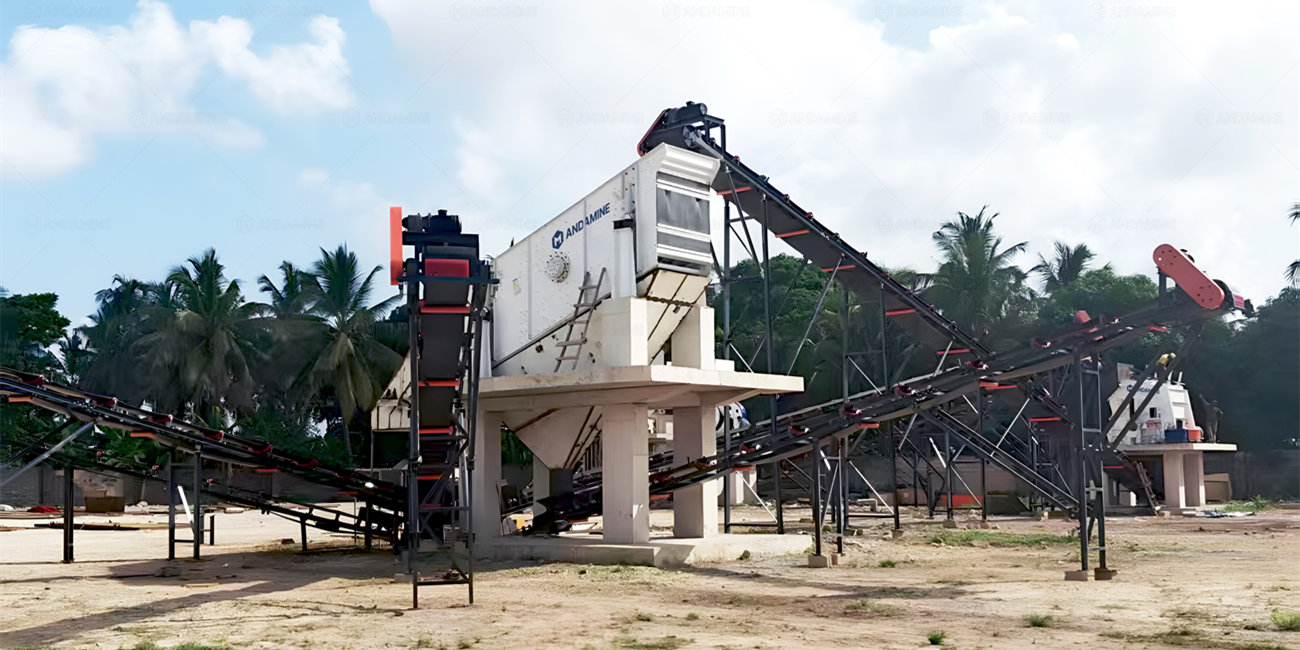In Nigeria’s booming construction industry, basalt aggregate has emerged as a highly sought-after material due to its hardness, durability, and suitability for concrete and road construction. Efficient processing of basalt requires specialized crushing equipment capable of handling high-volume production while maintaining consistent particle size and quality. Two prominent solutions in the market are the 200t stationary aggregate crusher and the 200t mobile aggregate crusher. Understanding their differences and applications is critical for contractors, quarry operators, and investors aiming to optimize aggregate production in Nigeria.

Overview of Aggregate Jaw Crusher in Basalt Processing
The backbone of both stationary and mobile aggregate crushing operations is often the aggregate jaw crusher. This equipment is designed to handle large, hard stones such as basalt, using compressive force between a fixed and a movable jaw to break the material into smaller, manageable sizes. The jaw crusher serves as a primary crusher, feeding secondary crushers or sand-making machines depending on the desired product.
When dealing with basalt aggregate, an aggregate jaw crusher must possess sufficient strength and wear resistance to handle the abrasive nature of the rock. High manganese steel or alloy steel is typically used for jaw plates, ensuring durability even under continuous high-volume operation. This foundation technology allows both stationary and mobile crushers to maintain consistent output, ensuring the material meets Nigerian construction standards.
200t Stationary Aggregate Crusher for Basalt Aggregate
A 200t stationary aggregate crusher is a fixed installation designed for high-capacity basalt processing. These crushers are typically part of a complete aggregate production line, including feeders, vibrating screens, conveyors, and sometimes secondary and tertiary crushers. The key advantages of stationary units lie in their ability to maintain stable operation, handle large volumes, and provide consistent quality control.
In a Nigerian context, stationary crushers are particularly suitable for large quarries where basalt reserves are abundant and the production site does not need to be relocated. The 200t stationary aggregate crusher allows operators to set up a structured workflow with minimal material handling, reducing transportation costs within the site. Moreover, stationary crushers are designed for integration with aggregate jaw crusher technology and additional processing units, which enhances overall efficiency and ensures uniform basalt aggregate particle size.
The main limitation, however, is mobility. Once installed, relocating a stationary unit is costly and time-consuming, requiring disassembly, transportation, and reinstallation. For projects that span multiple sites or involve temporary construction areas, stationary crushers may not be the most flexible option.
200t Mobile Aggregate Crusher for Basalt Aggregate
The 200t mobile aggregate crusher addresses the limitation of mobility by offering a compact, track-mounted or wheeled design capable of being transported directly to the quarry or construction site. Despite being mobile, these units incorporate aggregate jaw crusher technology and other essential components, allowing for high-capacity basalt crushing comparable to stationary units in short-term operations.
Mobile crushers excel in scenarios where basalt aggregate deposits are scattered or temporary project sites need on-site processing. For Nigerian infrastructure projects, especially in remote areas with limited transport logistics, a 200t mobile aggregate crusher can significantly reduce material transport costs by processing basalt directly at the source. Advanced models are equipped with hydraulic lifting systems, onboard conveyors, and adjustable screens, providing operational flexibility and efficiency.
However, due to design constraints, mobile crushers may have slightly lower throughput than stationary units. Maintenance accessibility can also be more limited because components are compactly integrated, requiring careful attention to prevent downtime. Nonetheless, the benefits of mobility and versatility often outweigh these challenges for medium-scale projects or multiple site operations.

Key Considerations for Basalt Aggregate Production
When deciding between a 200t stationary aggregate crusher and a 200t mobile aggregate crusher for basalt aggregate in Nigeria, several factors must be considered:
1. Production Volume: Stationary crushers are ideal for continuous, large-scale production, while mobile crushers suit moderate or variable production needs.
2. Site Location and Logistics: Mobile crushers reduce the need to transport raw basalt over long distances, which is especially beneficial in regions with challenging road conditions.
3. Flexibility: Projects that require frequent relocation or work in multiple quarries benefit from mobile solutions. Stationary units are better suited for long-term operations at a fixed site.
4. Operational Costs: Stationary crushers generally have lower per-ton production costs due to higher efficiency, while mobile crushers save on transportation costs and setup time.
5. Maintenance and Wear: Both stationary and mobile units use aggregate jaw crusher technology with wear-resistant components. However, mobile crushers require careful inspection and maintenance due to their compact design and constant movement.
Types of Rock Crushers Used in Both Systems
Both stationary and mobile systems rely on types of rock crushers that can handle hard stones like basalt. Jaw crushers are typically used as primary crushers, while cone or impact crushers may serve as secondary or tertiary units. The choice of crusher type depends on desired output size, particle shape, and production rate. Proper selection ensures that the basalt aggregate produced meets industry standards for construction, including road paving, concrete aggregate, and asphalt mix.
Environmental and Safety Considerations
Environmental regulations in Nigeria also influence the choice of crusher type. Stationary units can be equipped with dust suppression, noise reduction, and wastewater management systems, making them suitable for high-capacity quarries near populated areas. Mobile crushers, while flexible, require careful site management to mitigate dust, vibration, and noise during operation. Safety protocols, operator training, and routine inspections are essential for both types to prevent accidents and equipment failures.
Conclusion
In conclusion, both the 200t stationary aggregate crusher and the 200t mobile aggregate crusher are viable solutions for basalt aggregate production in Nigeria. Stationary crushers excel in large, long-term quarry operations, offering high output, consistent quality, and integration with full production lines. Mobile aggregate crushers provide flexibility, reduced material transport costs, and the ability to operate across multiple sites or temporary project locations.
Selecting between these options requires careful evaluation of production requirements, site logistics, operational costs, and desired output quality. By leveraging aggregate jaw crusher technology and the appropriate type of crusher, Nigerian contractors and quarry operators can achieve efficient, cost-effective, and high-quality basalt aggregate production to meet the growing demands of infrastructure and construction projects.

